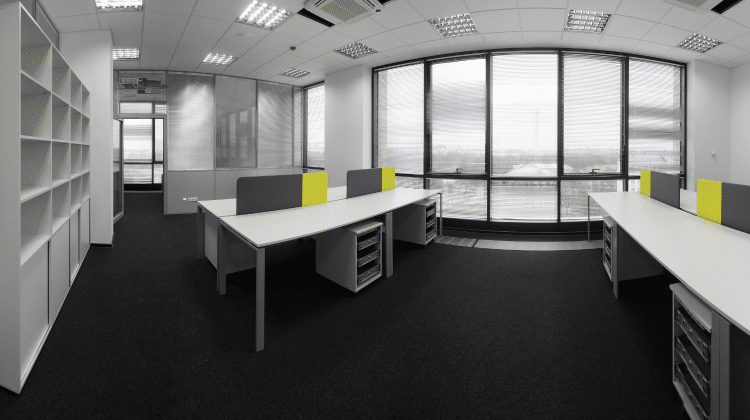
Coworking is a trend that has become popular amongst startups in recent years. An increasing number of young entrepreneurs are interested in coworking because it allows them to utilize relatively inexpensive office space. While defining coworking may seem straightforward, it is deceptively complex.
What is coworking?
Coworking is an alternative method of working. With coworking, people who have workplace flexibility, telecommuters, and independent professionals share their working environment. This is different from the traditional way of working where everyone would have his or her own individual office. These coworkers do not necessarily work for the same employer. They may not even work in the same field. Aside from the coworking environment that they utilize, these people may not know each other.
While it was not until 1995 that Bernie De Koven used the term in the way that we refer to coworking today, coworking is not necessarily a new concept. Years ago in France, the Netherlands, and Spain, talented artists lived together in relatively small studios and became inspired by one another’s art. But it was not until 2005 in San Francisco that the first modern coworking space opened its doors.
The isolation of independent or home offices remains one of the primary reasons that employees are hesitant to telecommute. Surveys as early as 2007 show that more than 30 percent of workers, in both the public and private sector, do not want to stay at home when they are “at work.”
Why coworking makes sense
The economy is still recovering from the disastrous effects of 2008, and to say that it has been a long, slow recovery process would be an understatement. However, what we have seen is a shift towards people creating their own jobs. Some may have used their inability to find a job with an employer as the perfect time to create their own startup while others feel that working for a boss does not fit with their personality or goals, that it feels unfulfilling, or that it leaves them frustrated.
The negatives of working from home are evident, people may feel distracted or become isolated from others. It can be difficult to separate work from home life when you receive your mail at home and it requires you to give out your home address. Some startups have started meeting at coffee shops, but with the noise and other distractions, it just does not seem worth it.
This leaves people with one alternative if they want a productive professional space – to find their own office. That is exactly why coworking makes sense, because it does not require the tremendous startup capital that you need to obtain an entire office just for yourself. Coworking is an inherently more economically sustainable prospect.
Why is this a revolutionary approach?
Part of the reason that many consider this a revolutionary approach is because it forces us to think about our relationship with our work in a different way. The idea of not having a cubicle that separates employees from others may appear strange to some. This despite the fact that coworking is rooted in fundamental human nature. Coworking triggers our need to socialize, help, and share with others.
How does it affect creativity?
The open layout that has become the norm with coworking is not just limited to smaller startups. In fact, large companies such as Zynga, Facebook, and Google all have open areas designed specifically around employee interaction. There are different reasons behind this:
- If you are in an environment where you feel inspired and that appeals to you, creativity and productivity are going to come naturally.
- At their core, humans are social creatures. In order to optimize our performance, we must have a certain level of social interaction. If we withhold social interaction or make it impossible, our thinking will not expand, but it may shrink because we are no longer exposed to new ideas.
Why coworking is here to stay
It may be easy for people to look at coworking and dismiss it as a temporary solution to an economic problem. However, if we are honest about it, coworking is a natural evolution of our technological advances.
Not only are people getting rid of their full time office when they are able to be an on-the-go entrepreneur, but the aforementioned social aspect has become a major draw to coworking. People find that they are more productive, it is cost effective, and they feel inspired around others.
Therefore, this is not a temporary solution. It is showing employers how people flourish through human interaction, how to utilize their creative process, and it is changing the way companies interact with one another on a deep level.
How to get involved
One of the difficulties may be finding an organization or business dedicated to the coworking concept in its entirety. There is a difference between dedicated coworking spaces and incubators and office rental facilities. Sometimes people mistakenly assume that coworking is solely for building tech startups, while it certainly is not.
With so many coworking facilities popping up, you would want to find a location that would make you proud to take a colleague or client to. You want there to be plenty of free parking, convenient access, and ideally it would be less than 10 miles from your home.
It is also important that you not only assess the base membership, but look at potential monthly add-ons or hidden fees as well. You want a coworking center that is not a mere empty shell but instead has a real sense of community.
With coworking becoming the new standard, you are sure to have access to a facility near you.
Have you found a coworking facility in your community that is a perfect fit for your needs? Tell me about it in the comments section below!





